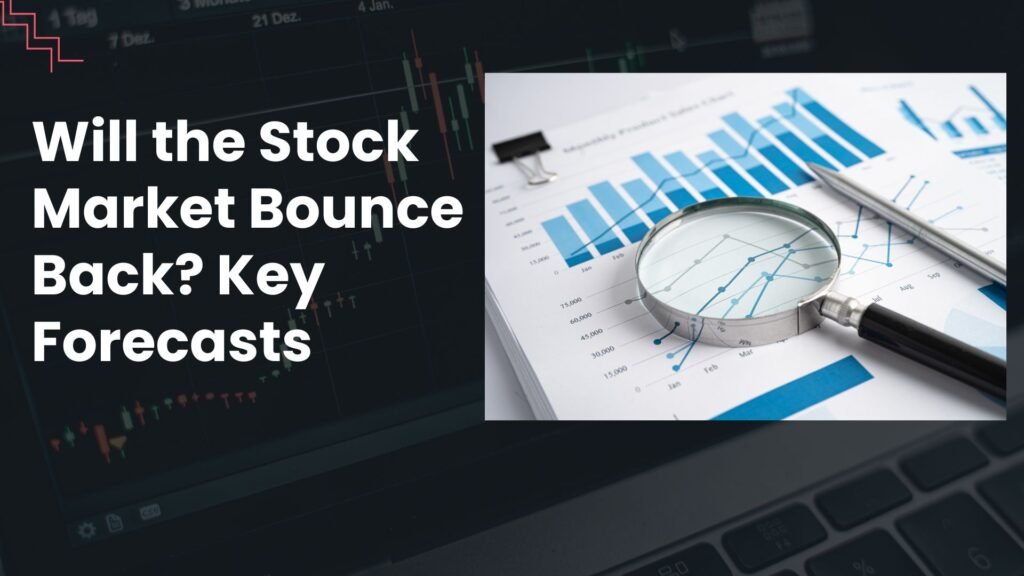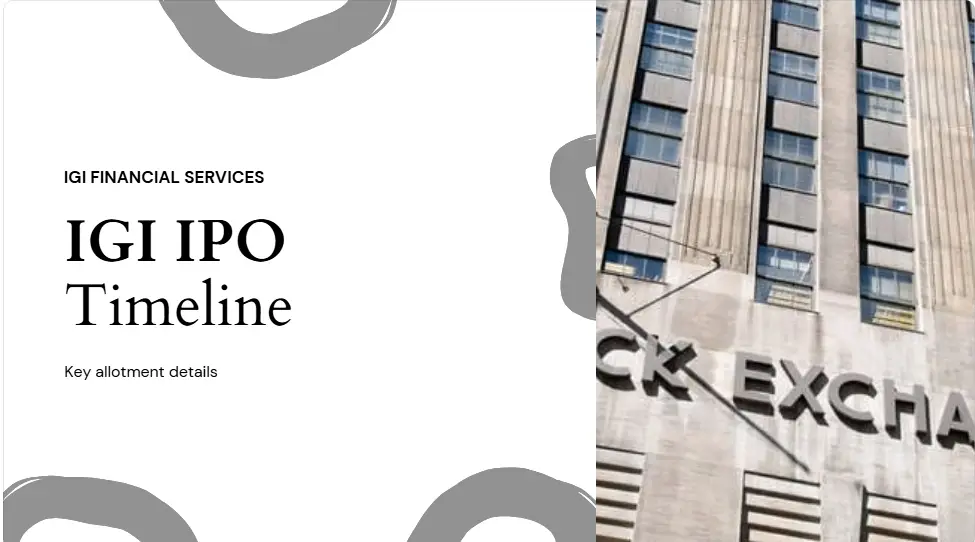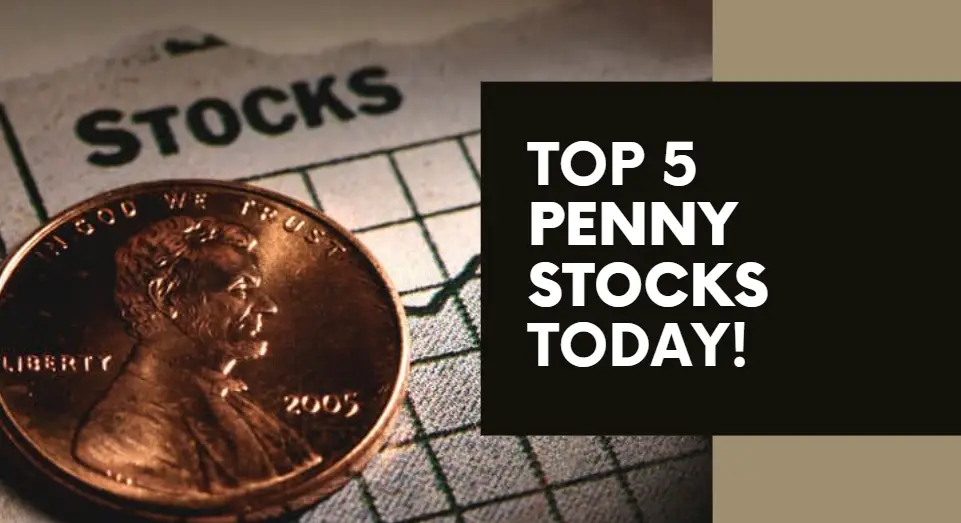
Introduction: Why the Stock Market Bounces Back for Every Investor
A stock market bounce back is a lifeline for any portfolio after a sharp sell-off. It anchors confidence, turning fear into optimism. It restores capital, often recouping losses in days or weeks. A strong boom in the stock market frequently signals a new bull run, setting the stage for profit. For investors, the crucial question is predicting the next stock market back forecast to capitalize on the coming boom in the stock market.
- Anchors Confidence: When markets rebound, investor sentiment often shifts from fear to optimism.
- Restores Capital: A swift bounce can recover recent losses in a matter of days or weeks.
- Signals Opportunity: A powerful rebound often precedes a new bull market, creating a platform for future profits.
What is a Stock Market Bounce?
A market bounce, or rebound, occurs when major indices recover after a defined period of decline.
Key Features:
- Trough to Peak: It is measured from the lowest closing price of a downturn to the subsequent high point.
- Duration: The timeframe can be as short as a single day (e.g., a flash crash recovery) or extend over several months.
- Magnitude: The size of the recovery varies widely. Some rebounds can exceed 50%, while others might only be 5–10%.
Case Study: Historic Bounce-Backs
Visualizing Historic Rebounds
The chart below visualizes the magnitude and duration of notable market bounces. This historical context helps investors understand the potential speed and scale of recoveries.
Data Table
| Event | Trough Date | Peak Date | Bounce (%) | Duration |
|---|---|---|---|---|
| 2010 Flash Crash | May 6, 2010 | May 6, 2010 | +10% | 1 day |
| 2020 COVID Crash | Mar 23, 2020 | Aug 18, 2020 | +51.4% | 147 days |
| 2025 April Dip | Apr 8, 2025 | Jun 11, 2025 | +20% | 64 days |
Why Recent News Signifies a Fresh Rebound
- U.S. 401(k) equity allocations are expected to reach $8.9 trillion by 2024, increasing stock market liquidity.
- Since the April 8 low, semiconductors and construction have led the increases, with chipmaker AMD up 25%.
- Investors are less concerned about the Israel-Iran confrontation, leading to a 0.9% increase in the S&P 500 on June 16, 2025.
Top 5 Key Drivers Behind the Next Stock Market Bounce Back Forecast
| Driver | Details | Supporting Data Source |
|---|---|---|
| 📈 Economic Indicators | Global GDP growth at 2.5%, a stable U.S. labor market, and core CPI around 3%. | J.P. Morgan, Schwab, Fidelity |
| 🏢 Corporate Earnings | Projected 7% S&P 500 EPS growth, with the tech sector up 15% YoY, led by AI-driven industries. | Fidelity, X (@MoneyyMindedHQ), J.P. Morgan |
| 🏦 Central Bank Policies | Fed easing to 3.5-3.75% by Q3, managing inflation with "high-for-longer" rates. | J.P. Morgan, Schwab, Fidelity |
| 😊 Investor Sentiment | Constructive sentiment, 8% growth in global liquidity, and a preference for U.S. equities. | Fidelity, X (@TimmerFidelity), J.P. Morgan |
| 🌍 Global Events | Increased clarity on tariffs, cooling geopolitical tensions, and progress on trade deals. | Schwab, X (@AskPerplexity), J.P. Morgan |
When Will the Stock Market Bounce Back? (Short‑Term vs. Long‑Term)
Accept a core truth: no one can time the market perfectly. Short-term predictions are notoriously difficult.
Short-Term Forecast (Bounce Trading Focus)
Traders focus on technical indicators like an oversold RSI, support levels, moving average crossovers, and high put/call ratios. These are signals, not guarantees, and are highly volatile.
Long-Term Forecast (Rebound Investing Focus)
Long-term rebounds are more predictable. History shows markets consistently recover from downturns, though the timeline varies. Key factors include economic fundamentals (GDP, employment), corporate earnings, central bank policy shifts, and long-term valuation metrics like the CAPE ratio.
Also Read: Air India Stock Name List with PriceHow to Prepare Your Portfolio for the Next Market Bounce Back
Success is determined by preparation before the rebound fully materializes. Acting during the downturn is key.
-
🎯
Know Your Risk Tolerance: Honestly assess your ability to handle volatility. This dictates how aggressively you can pursue opportunities.
-
💰
Maintain Cash Reserves: "Dry powder" (cash) is essential for deploying into the market during dips.
-
⚖️
Rebalance Regularly: Periodically rebalancing your portfolio forces you to sell high and provides cash to buy low later.
-
💎
Focus on Quality & Diversification: Ensure your core holdings are in fundamentally strong companies across various sectors and asset classes.
-
🗓️
Stick to Your Plan (DCA): Emotional decisions are the enemy. Automating investments through dollar-cost averaging (DCA) removes emotion from the process.
FAQs
What Is a “Dead Cat Bounce” vs. a Genuine Bounce Back?
A “dead cat bounce” is a short-lived, temporary recovery after a significant fall, which often traps unwary investors. A genuine rebound is a sustained recovery backed by improving fundamentals that lasts for weeks or months.
How Often Do Markets Rebound After a Crash?
Historically, stock markets have recovered from major crashes over 90% of the time. Full recoveries typically take between 6 to 18 months, depending on the severity of the crash and economic conditions.
When Should You Begin Investing for the Next Rebound?
Look for signs of market stabilization, such as price consolidation or positive earnings revisions. To manage timing risk, it's often wise to deploy capital gradually using a dollar-cost averaging strategy rather than investing a lump sum all at once.







Pingback: Top 30 High Delivery Volume Stocks in NSE Today